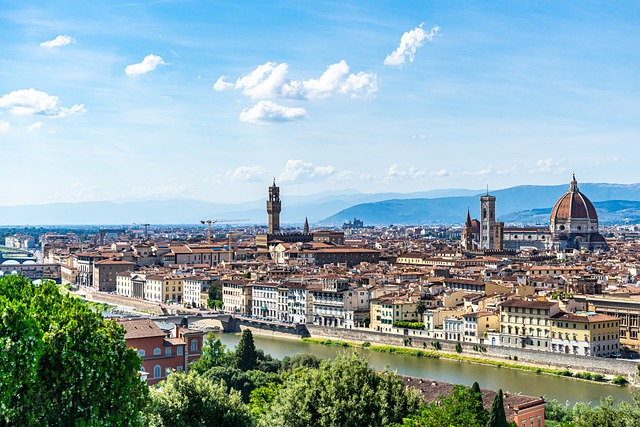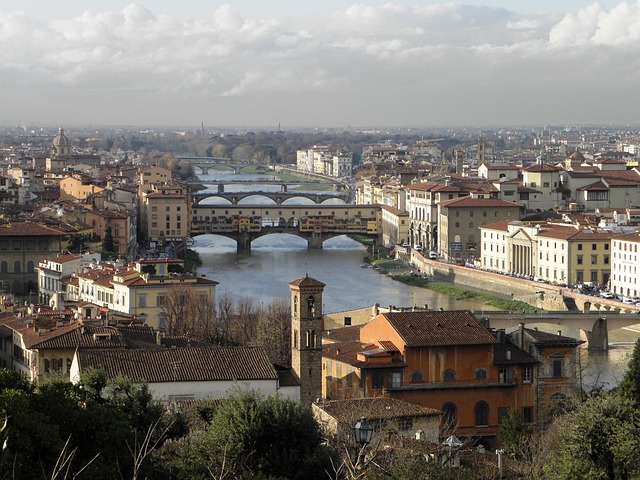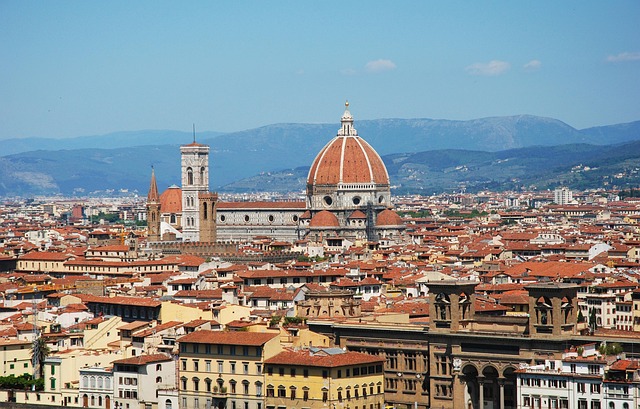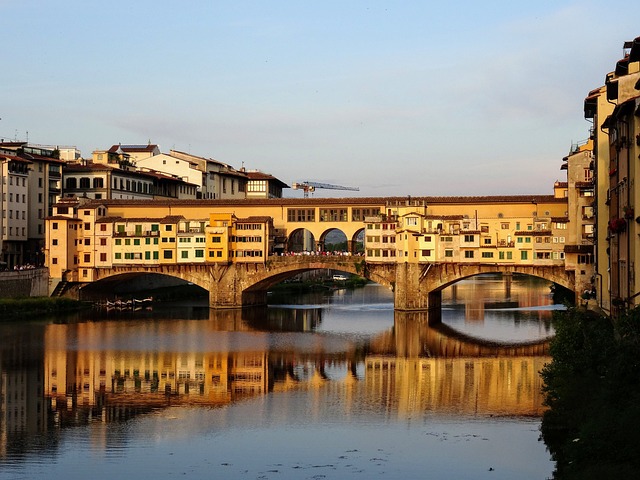Prisons can significantly impact urban development and real estate. Their closure or relocation leaves behind vacant lands that present opportunities for mixed-use developments like residential housing, commercial centers, and cultural amenities. This transformation revitalizes neighborhoods, boosts local economies, and contributes to a city's vibrant landscape. While prisons can stimulate growth with infrastructure improvements and increased property values, careful management is needed to balance these benefits with potential challenges. Recent examples from cities like San Francisco and Chicago show that aging prison sites can be successfully redeveloped, driving significant real estate investment and breathing life into formerly neglected areas.
“Prisons, often viewed as symbols of punishment, can paradoxically serve as catalysts for urban renewal and economic prosperity. This article delves into the multifaceted impact of correctional facilities on local communities, focusing on how they shape real estate markets and drive economic growth. We explore the rise of ‘jail-centric’ neighborhoods, where prisons have spurred infrastructure development and property value increases. Furthermore, we analyze the untapped potential of inmate labor in various sectors, demonstrating its economic benefits. Finally, we discuss reintegration programs that connect prisoners with local businesses, fostering sustainable community development.”
The Role of Prisons in Urban Development

Prisons, often seen as institutions of punishment and restraint, can paradoxically play a significant role in urban development and real estate. Their impact extends beyond the walls, influencing the growth and transformation of surrounding areas. The closure or relocation of a prison can trigger a cascade of changes, leading to vacant lands and buildings that present both opportunities and challenges for local communities.
These vacated spaces can become catalysts for urban renewal, attracting developers and investors who recognize the potential for mixed-use developments. Former prison sites may yield land for residential housing, commercial centers, or even cultural amenities, thereby revitalizing neighborhoods and boosting the local economy. This transformation can contribute to a city’s vibrant landscape, fostering community engagement and creating new avenues for economic growth in what was once considered underutilized or forgotten territory.
– Examining the impact of prison locations on nearby property values and infrastructure development.

The location of a prison can have significant effects on the surrounding area, including real estate values and infrastructure development. When a new prison is built or an existing one expands, it often leads to an influx of investment in the nearby community. This is due to the increased demand for housing, services, and businesses that support the prison population and staff. As a result, property values can rise, attracting developers and home buyers to the area.
Infrastructure development may also intensify in these regions, with improvements in roads, transportation networks, and public utilities. These enhancements not only cater to the prison’s needs but also benefit local residents and businesses. However, it’s essential to note that while prisons can stimulate economic growth, they may also present challenges, such as increased traffic congestion and potential strain on local services, which need careful management to ensure a balanced and sustainable impact on the community.
– Case studies of cities where prisons have led to revitalized neighborhoods and increased local investment.

In recent years, several cities have witnessed a remarkable transformation, showcasing how prisons can revitalize neighborhoods and boost local economies. Take, for instance, the case of San Francisco, California. The city’s aging jail, once a blight on the downtown area, has been reinvented as a vibrant, mixed-use development. This rebirth has attracted new businesses, restaurants, and residential projects, driving significant real estate investment and breathing new life into formerly neglected streets. Similarly, Chicago, Illinois, has seen economic resurgence in areas surrounding its major correctional facilities. Local entrepreneurs have capitalized on the increased foot traffic and infrastructure improvements, leading to a surge in retail and commercial opportunities, further enhancing the region’s appeal.
These successful examples demonstrate that prisons can serve as catalysts for urban renewal, fostering development and creating sustainable communities. As cities continue to seek innovative solutions for underutilized spaces, former prison sites offer promising prospects for mixed-use redevelopment, attracting investors and promoting economic growth. This shift not only benefits the local community but also contributes to a more holistic approach to urban planning, integrating correction facilities into the fabric of vibrant, thriving neighborhoods.






